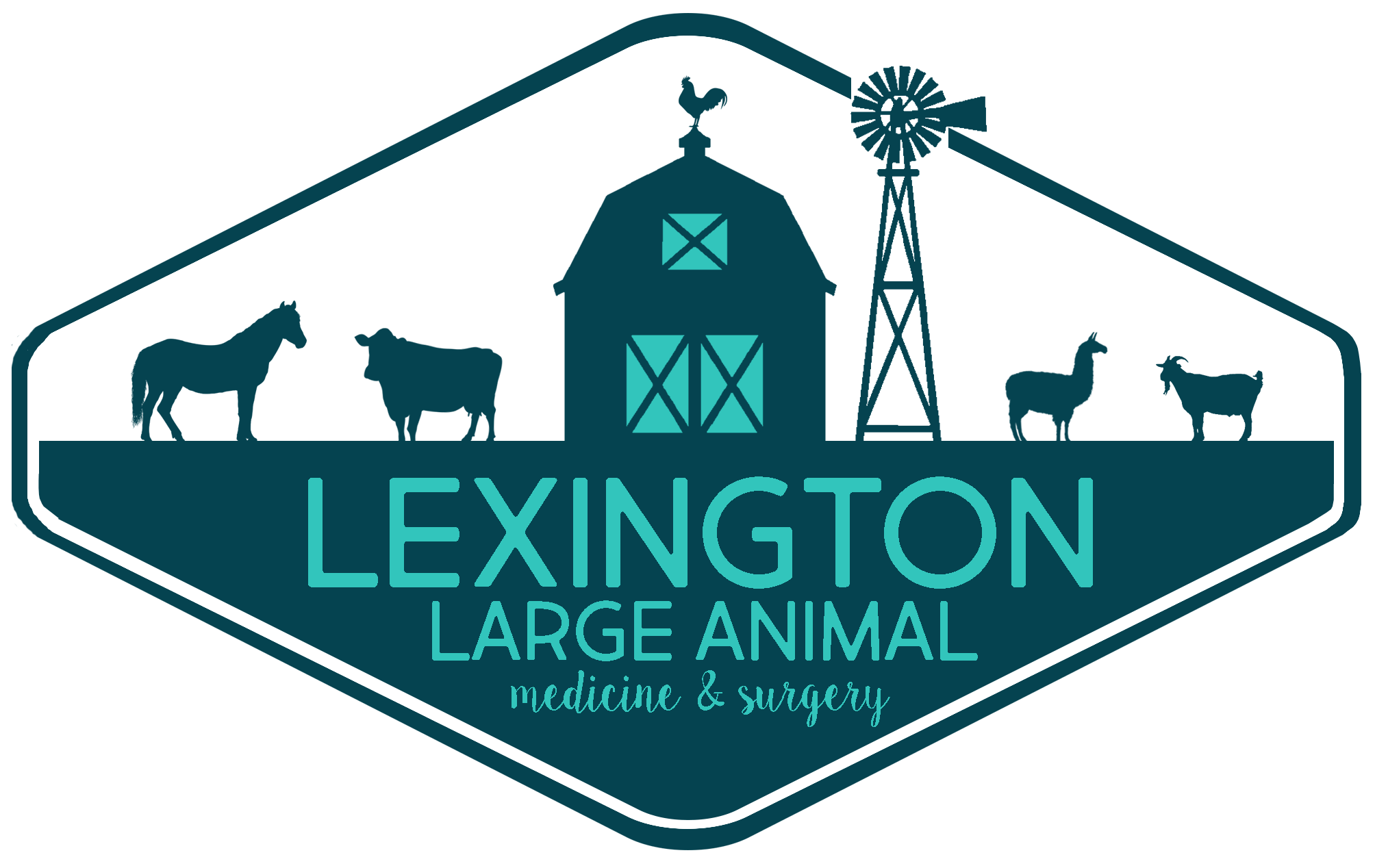Library
-
Hedgehogs can have several unique problems, including cancer, dental disease, obesity, and foreign bodies. It is important for an owner to understand what these problems are so veterinary care can be provided to their hedgehog when needed and in a timely manner.
-
There are four major hormonal diseases in ferrets. This handout covers adrenal gland disease and diabetes mellitus. Adrenal gland disease occurs in a large number of ferrets in North America, while diabetes mellitus is a rare, but important, problem.
-
An insulinoma is a cancerous condition involving the beta cells of the pancreas. Beta cells are the cells that produce insulin. Clinical signs may include pawing at the mouth, weight loss, tremors, collapse, abnormal behavior, depression, lethargy, and confusion.
-
Methylsulfonylmethane is given by mouth and is used over the counter and off label to treat inflammatory conditions such as arthritis. Give as directed by your veterinarian. Side effects are uncommon but may include stomach upset, restlessness, or tiredness. Do not use in pets that are allergic to it or that are pregnant or nursing. If a negative reaction occurs, please call your veterinary office.
-
Navicular 'disease' is really a group of related conditions affecting the navicular bone and associated structures in the foot. There are several possible causes of pain in and around the navicular bone.
-
Osteochondrosis (OCD) is a failure of the bone underlying the smooth articular cartilage inside the joints, i.e. the subchondral bone, to form properly from the skeleton's cartilage template.
-
Pituitary pars intermedia dysfunction (PPID, previously known as Equine Cushing's Disease) is a complex condition associated with abnormal function of a small, hormone-producing organ, the pituitary gland, that lies at the base of the brain.
-
The most common conditions affecting pet prairie dogs are: obesity, dental problems, cardiac disease and intestinal parasites. Regular scheduled veterinary examinations will be of great benefit to help discover problems or diseases before they cause a critical illness.
-
A telemedicine visit is typically conducted over telephone, text messaging, chat, email, or videoconference. This may allow a veterinarian to diagnose and treat your pet’s medical condition remotely, without the need for an in-person visit. Your appointment will be conducted by a licensed veterinarian.
-
Infection in the foot is by far, the most common cause of acute (sudden), single-leg lameness in the horse. Infection results in painful inflammation and pus (abscess) formation.

